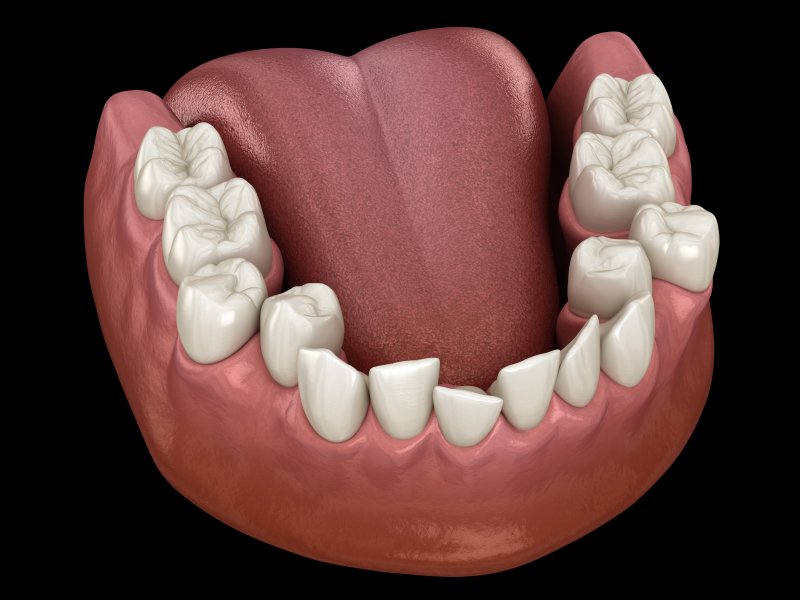
As you grow older, you’ll notice that various aspects of your body change. Whether it’s your waistline or the lack of skin elasticity helping to hold everything in place, you often can’t avoid these modifications no matter how hard you try. But what about your teeth? Why do they shift? Read on to discover the reasons and how braces might be what you need to align your smile.
Tooth Movement: Why It Happens As You Age
Your teeth are hard; in fact, tooth enamel is known to be the hardest substance in the body. However, while it might seem as if they are firmly in place, they’re not.
Teeth are attached to periodontal ligaments and cementum – the calcified substance that covers the roots. This unique combination is what holds your pearly whites to your upper and lower jawbones, delivering a durable and sturdy smile.
Yet, over time, certain factors can play a role in how your teeth move, such as:
- Changes to your jaw and facial structure as you age
- Teeth grinding (bruxism)
- Dental drift caused by missing teeth
- Gum disease
- Tooth decay
- Facial trauma
- Orthodontics
How Can a Dentist Address Shifting Teeth?
When addressing the issue of shifting teeth, it’s important to meet with your dentist or orthodontist to discuss your options for treatment. Based on the amount of movement and the reason for the shift, they can develop a plan that targets the underlying problem and aims to improve the health, function, and aesthetics of your smile.
Some possible solutions include:
- Traditional Braces: This common bracket-and-wire system can shift teeth so that gaps begin to close, space is created where overcrowding exists, and bites realign to function smoothly and correctly. Metal brackets are affixed to the surfaces of your teeth, while a metal archwire is threaded through the brackets to ensure timely and effective movement.
- Invisalign Clear Aligners: Producing similar results as traditional braces, Invisalign clear aligners use transparent trays that are custom-made according to the proposed progression of your smile during treatment. When worn 20-22 hours a day, your teeth will shift in the proper direction so that they align correctly and come together to allow for improved eating, speaking, breathing, and smiling.
Don’t assume your teeth shifting out of alignment is a “normal” thing. Instead, talk to your dentist or orthodontist about this new development and inquire about what you can do to take back your smile as you grow older.
About the Practice
Treehouse Orthodontics consists of five orthodontists who are committed to helping all patients enjoy life with straighter, healthier teeth. Although wearing braces might seem like something only children and teenagers require, adults can also benefit from these services, especially since teeth can shift the older you get. If you notice that your smile no longer appears perfectly aligned, visit our website or call one of our offices to speak to a member of our team.
